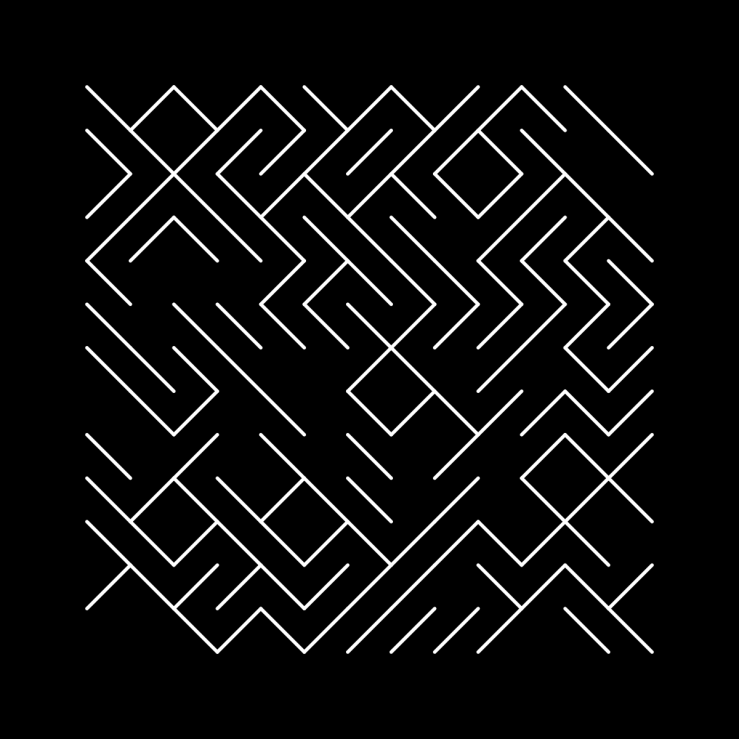I must say that the experience of my first face-to-face workshop on the island of Gran Canaria (Spain) held last November 4th has been fascinating.
First of all because this workshop has forced me to study and organize often scattered material. Issues related to cryptography, computer security and the art market kept me entertained in the preparation of this workshop. Secondly because it has turned out to be a fascinating experience where I have met a small and select group of artists of the most worthy recognition.
This workshop was attended by artists Dani Hache, Nacho Ramirez, Alfonso Crujera and Marcos Rivero Mentado. Four Canarian artists from different backgrounds of exceptional artistic quality.
We spent a whole day getting to know the process of cryptoart. We started in the morning talking about the context of cryptoart and introducing us to art collecting. While sharing reflections around the problematics of digital art on the blockchain, we created wallets in Tezos and Ethereum and started collecting some simple pieces in Tezos.
Then we shared a lunch together at the fascinating rooftop space “Atlas Association” where we had the opportunity to get to know each other even more.
From the early hours of the afternoon we started with the second part of the workshop where we were introduced to basic aspects of computer security, cryptography, we talked about blockchain and began with the process of minting work.
For various technical reasons (possibly network saturation) we did not manage to mint all the work that the artists had prepared.
Despite being an intense one-day workshop, the artists were satisfied and eager to continue advancing in this new artistic experience that cryptography offers us.
The four artists have decided to start art collections on the Tezos and Ethereum networks and soon we will be able to see their works in the 52Weeksartistsdrop collection that we will make on the Tezos network. If you’re interested in collecting work by these artists, don’t miss out.
The four artists have decided to start art collections on the Tezos and Ethereum networks and soon we will be able to see their works in the 52Weeksartistsdrop collection that we will make on the Tezos network. If you are interested in collecting work by these artists, don’t miss out.









